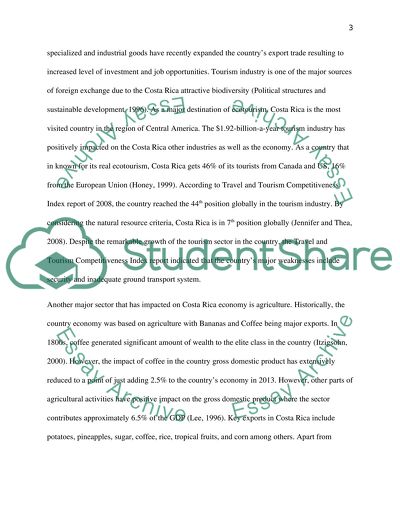Cite this document
(Emerging Market Economy in Costa Rica Case Study, n.d.)
Emerging Market Economy in Costa Rica Case Study. Retrieved from https://studentshare.org/macro-microeconomics/1665463-question-1-select-an-emerging-market-economy-of-your-choice-for-this-economy-acomment-on-its-industrial-structure-bcollect-data-for-selected-macro-economic-indicators-for-this-economy-such-as-gdp-balance-of-payments-importsexports-inward
Emerging Market Economy in Costa Rica Case Study. Retrieved from https://studentshare.org/macro-microeconomics/1665463-question-1-select-an-emerging-market-economy-of-your-choice-for-this-economy-acomment-on-its-industrial-structure-bcollect-data-for-selected-macro-economic-indicators-for-this-economy-such-as-gdp-balance-of-payments-importsexports-inward
(Emerging Market Economy in Costa Rica Case Study)
Emerging Market Economy in Costa Rica Case Study. https://studentshare.org/macro-microeconomics/1665463-question-1-select-an-emerging-market-economy-of-your-choice-for-this-economy-acomment-on-its-industrial-structure-bcollect-data-for-selected-macro-economic-indicators-for-this-economy-such-as-gdp-balance-of-payments-importsexports-inward.
Emerging Market Economy in Costa Rica Case Study. https://studentshare.org/macro-microeconomics/1665463-question-1-select-an-emerging-market-economy-of-your-choice-for-this-economy-acomment-on-its-industrial-structure-bcollect-data-for-selected-macro-economic-indicators-for-this-economy-such-as-gdp-balance-of-payments-importsexports-inward.
“Emerging Market Economy in Costa Rica Case Study”, n.d. https://studentshare.org/macro-microeconomics/1665463-question-1-select-an-emerging-market-economy-of-your-choice-for-this-economy-acomment-on-its-industrial-structure-bcollect-data-for-selected-macro-economic-indicators-for-this-economy-such-as-gdp-balance-of-payments-importsexports-inward.


